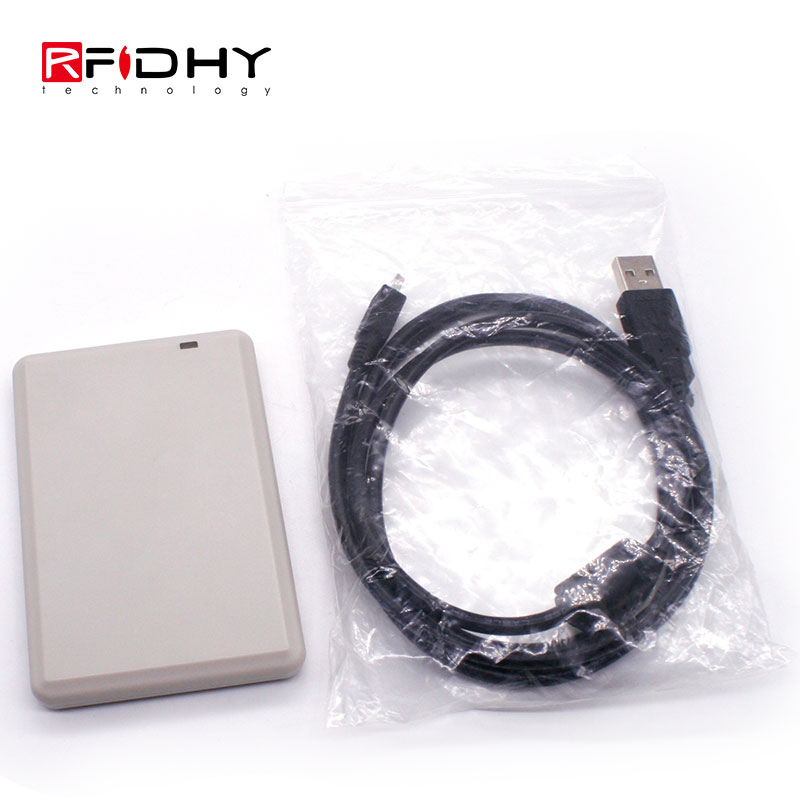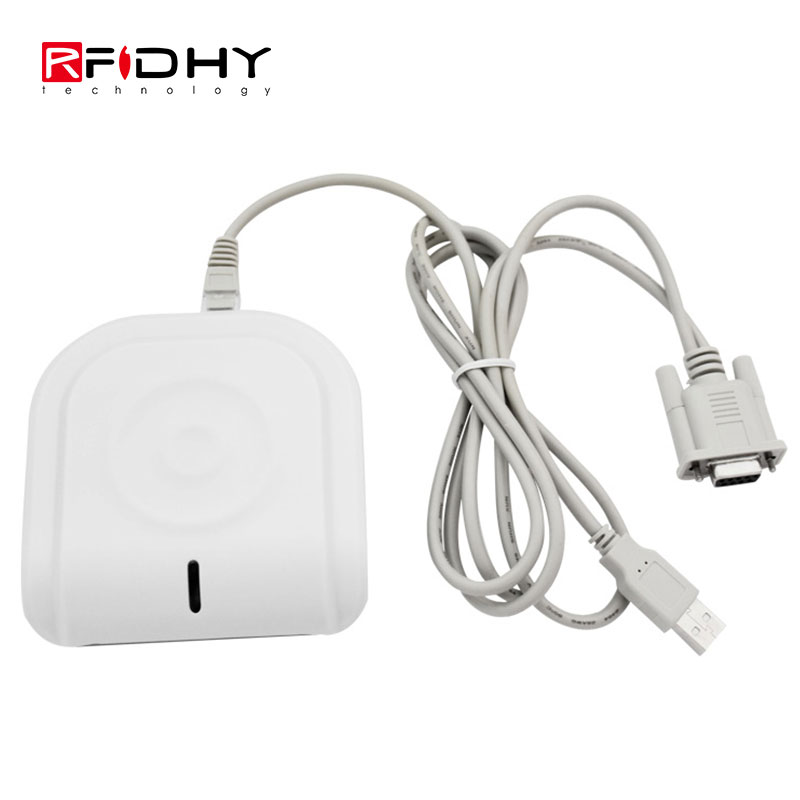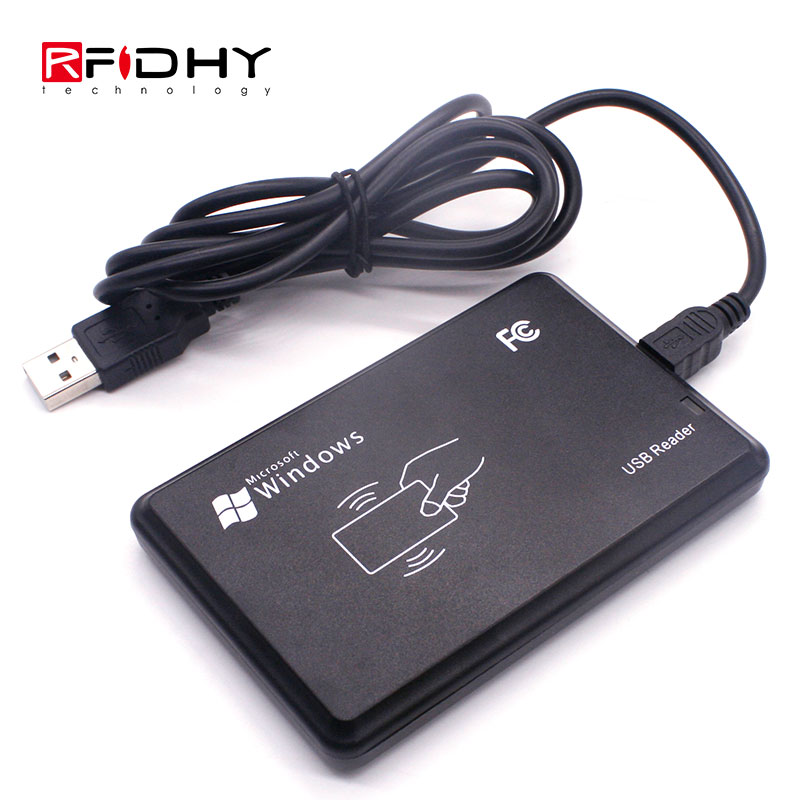As people’s demand for the Internet of Things continues to escalate, RFID tag and readers are becoming more widely used. RFID tag and reader is a read-only or readable and writable data carrier. The most important data content carried by it is the unique identification number. The unique identification number is widely used in national economic activities, such as citizen ID number, organization code, national product and service Unicode code, telephone number, vehicle identification code, international securities number, etc.
RFID tag and reader can be classified into UHF RFID tag and reader, High Frequency RFID tag and reader, and Low Frequency RFID tag and reader depending on the frequency of use.
RFID tag and reader UHF system generally refers to its operating frequency higher than 900MHz, the typical working frequency band is 915MHz, 2.45 GHz, 5.8 GHz and so on.

https://www.rfidhy.com/rfid-products/uhf-desktop-reader/
High frequency systems are also supported by numerous international standards in these bands. RFID tag and reader UHF features high cost of electronic tags and UHF readers, large amount of data stored in tags, and long reading distance to adapt to high-speed motion of objects. The shape is generally card-shaped, reading antenna and Electronic tag antennas have strong directionality.
High-frequency RFID is one of the RFID technologies with an operating frequency of 13.56 MHz.

https://www.rfidhy.com/rfid-products/hy-r530-rfid-reader/
The inductor at this frequency no longer requires a coil to be wound, and the antenna can be fabricated by etching or printing. The sensor typically operates in a load modulated manner. Isto é, the voltage on the reader antenna is changed by turning on and off the load resistor on the inductor, and the amplitude of the antenna voltage is modulated by the remote sensor. If people control the on and off of the load voltage through data, then the data can be transmitted from the sensor to the reader.
It is worth noting that there are mainly ISO14443 and ISO15693 standards in the 13.56MHz frequency band. ISO14443 is commonly known as Mifare 1 series products. The recognition distance is close but the price is low and the confidentiality is good. It is often used as a bus card and access card. The biggest advantage of ISO15693 is its recognition efficiency. The recognition distance can be extended to more than 1.5 meters by a larger power reader. Because of the good wavelength penetration, it is better than ultra-high frequency reading when dealing with dense labels.
Low frequency RFID system and ID card

https://www.rfidhy.com/rfid-products/hy-r20-rfid-reader/
Low frequency RFID system readers typically operate from 120 KHz to 134 Khz. The wavelength of this band is about 2500m. In addition to the influence of metal materials, the general low frequency can pass through the material of any material without reducing its reading distance. The low-frequency RFID system uses an ID card, which is called an Identification Card, as its electronic tag. The ID card is a non-writable proximity card. The only data stored inside is a fixed ID card number. The recorded content (card number) is written once by the chip manufacturer’s seal. It cannot be written after the card is sealed. Change, the developer can only use the card number to make use of it. The ID card is the same as the magnetic card we usually use. It only uses the “card number”. The card has no security function except the card number. O “card number” is open and bare. Actualmente, there are mainly various types of ID cards such as EM of Taiwan SYRIS, HID of the United States, TI, and MOTOROLA.
The various frequency bands have their technical characteristics and suitable application areas. The low-frequency system is the most widely used, but the communication speed is too slow, and the transmission distance is not long enough; the high-frequency system has a long communication distance, but the power consumption is also large. Short-range RF cards can replace bar codes in certain environments and track objects in factories’ pipelines. Long-distance products are mostly used in transportation systems, and the distance can be up to several tens of meters. It can be used for automatic charging or identification of vehicle identity.






